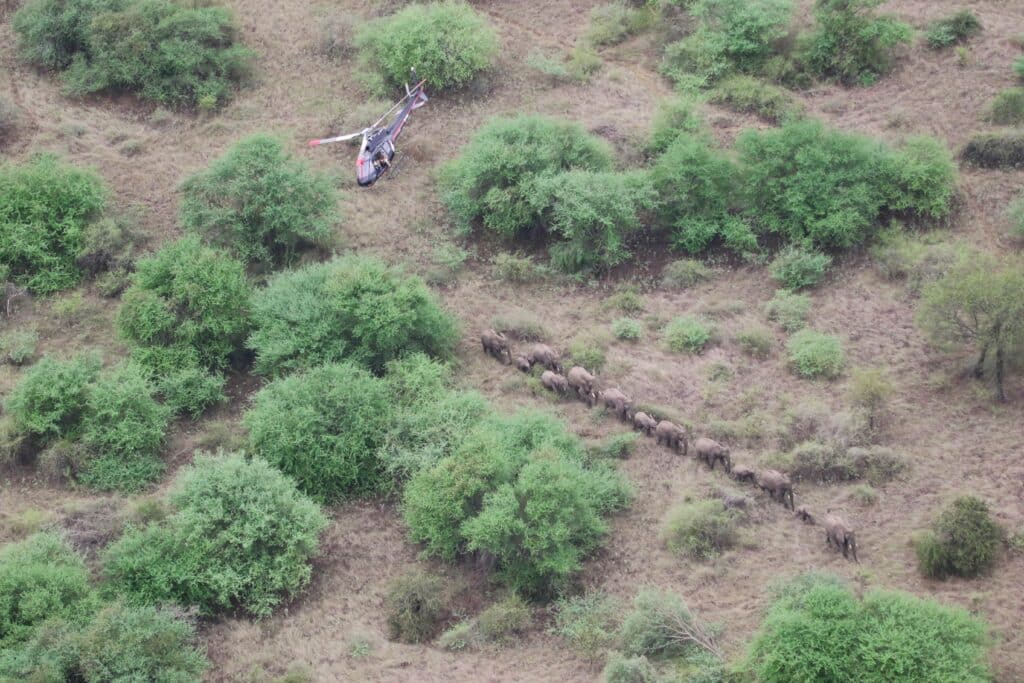In August 2022, African Parks signed a 10-year renewable agreement with the Government of the Republic of South Sudan, for the management of Boma and Badingilo National Parks. The vast, wild Boma-Badingilo landscape, almost twice the size of Tsavo National Park in Kenya, lies east of the Nile River, extending to the Ethiopian border. The area is best known for its massive migration of white-eared kob and tiang antelope, the second-largest terrestrial mammal migration in the world after the Serengeti wildebeest.
Attempts had previously been made to re-establish the parks, but had been frustrated by the poor state of infrastructure and a historically under-equipped and undertrained ranger force, with insufficient ranger numbers. The area is further challenged by very limited road access, heavy seasonal flooding, the ongoing civil war, and the presence of heavily armed groups inside the parks.
Little is known about the current state of elephants in this landscape. A few years ago, there were thought to be about 300 remaining. Today, there is uncertainty around how many are left and whether any have moved to nearby Gambella National Park in Ethiopia. However, recent sightings have given cause for optimism. In order to protect these elephants, it is important to find where they are concentrated and where they move to.
In April 2023, African Parks successfully carried out one of the largest wildlife collaring operations ever attempted, with 126 collars deployed in the Boma and Badingilo landscape on animals from 12 species, including five ECF-funded elephant collars. The ECF is also funding a new aircraft and running costs, and data logging equipment. Data from the collars and aerial surveillance will inform future elephant conservation work. Read more here.

